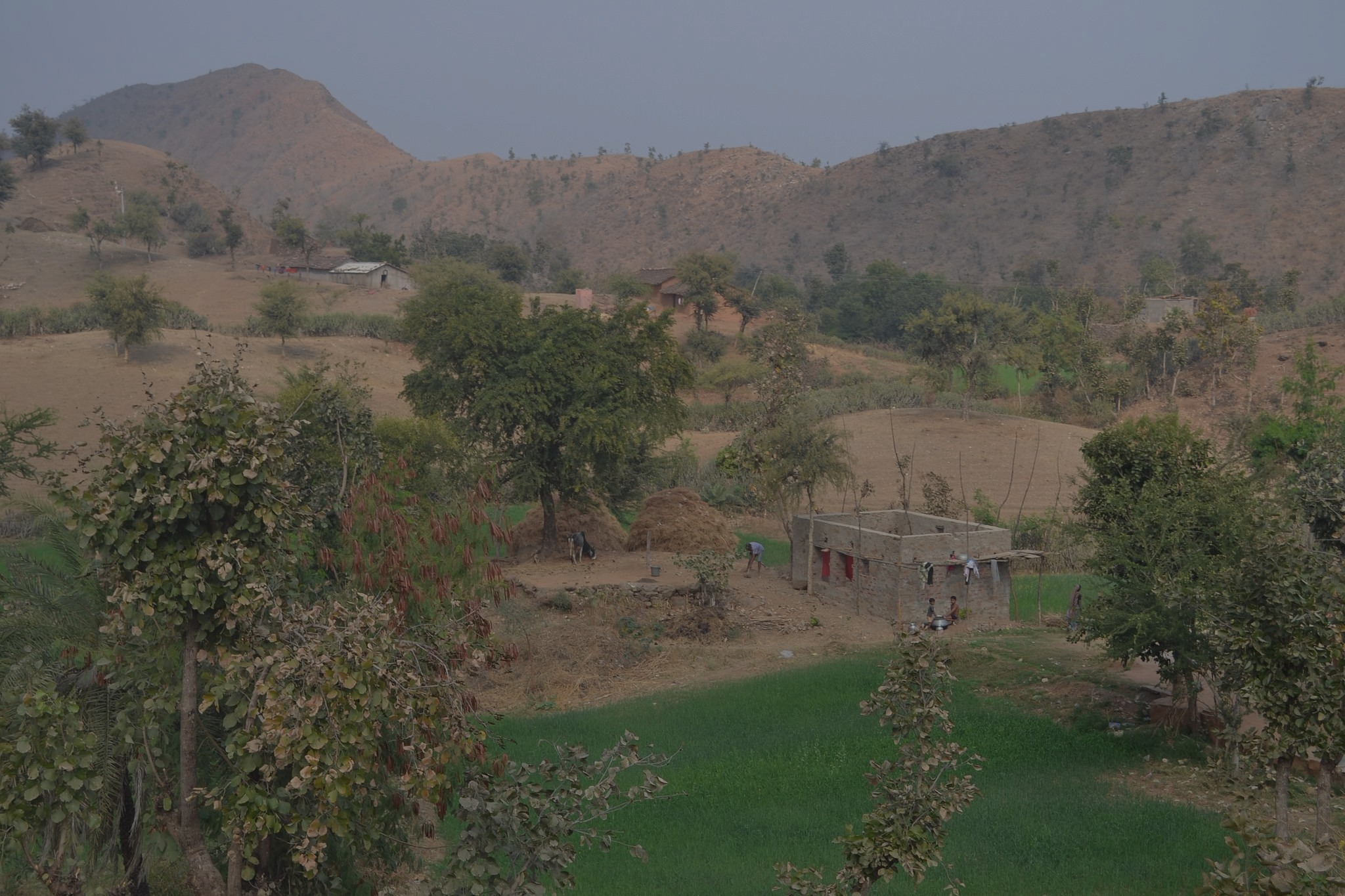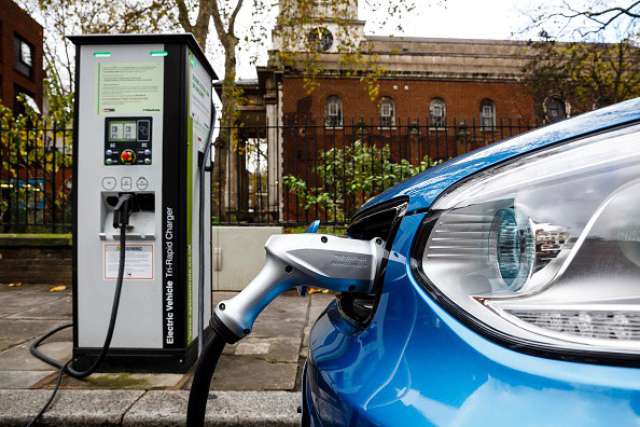Dozens of cities and towns in Japan have quietly shifted from traditional utility-based grid power system to a more local, resilient model of generating and storing energy where it is used. After significant damage caused by the 2011 earthquake and tsunami, many Japanese municipalities rebuilt to be more equipped for the 21st century through the country’s National Resilience Program. The Program offers 3.72 trillion yen ($33.32 billion) in funding each fiscal year to be distributed to local communities seeking to become more self-reliant and locally empowered.
“Since Fukushima, there has been a gradual elaboration of policies to realize that kind of local autonomy, local consumption paradigm,” said Andrew Dewit, a professor of energy policy at Rikkyo University in Tokyo. Although the Resilience Program was designed for recovering from and adapting to natural disasters, it has blossomed into a powerful tool in the fight against climate change. “At the time of the Great East Japan earthquake, we couldn’t secure power and had to go through incredible hardships,” said Yusuke Atsumi, a manager at HOPE, a utility created to service this new localized energy model. Under the old system, a “blackout at one area would lead to wide-scale power outages. But the independent distributed micro-grid can sustain power even if the surrounding area is having a blackout.”
In its recovery from the earthquake, which destroyed 75 percent of its homes and killed 1,100 of its residents, the city of Higashi Matsushima constructed micro-grids and decentralized renewable power generation that currently allows the city to produce 25 percent of its power needs without tapping into the main grid. Additionally, the city has installed batteries capable of storing enough energy to run the city for three days without access to the grid.
“We are moving towards a day when we won’t be building large-scale power plants,” said Takao Kashiwagi, renewable energy luminary who serves as head of the New Energy Promotion Council and designed Japan’s first smart city. “Instead, we will have distributed power systems, where small power supply systems are in place near the consumption areas.” In light of the program’s success, the Japanese government seeks to increase funding for the Resilience Program by 24 percent in the next fiscal year.
Source: http://inhabitat.com/dozens-of-japanese-cities-and-towns-quietly-go-off-grid/


